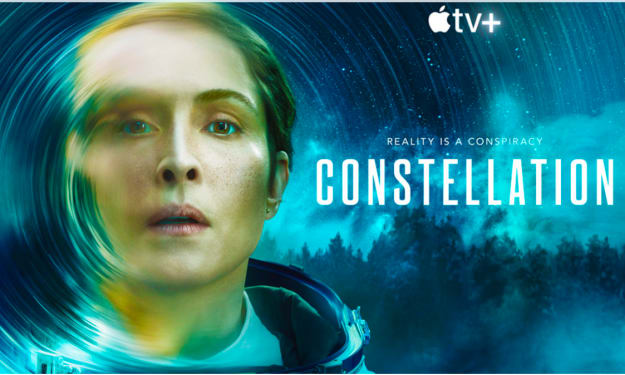
The Moon has many stories behind it, as far as human history is documented. These stories are fun and an important part of our history... but what do we believe today about our natural satellite?
What does NASA say?
"The leading theory of the Moon’s origin is that a Mars-sized body collided with Earth approximately 4.5 billion years ago, and the resulting debris from both Earth and the impactor accumulated to form our natural satellite."—NASA
What is Thea?
The Moon was made from the aftermath of a collision between Earth and a planet we call Thea. The planet Thea didn't survive the collision, so in a way, Thea is now our moon.
The Moon was created when scattered remnants of rock blasted off the Earth's surface and were "captured" by Earth's gravity. As the remnants of rock rotated in our orbit, they eventually came together to make a sphere.
Formation of the Moon
About 4.2 billion years ago during the early formative stages of the Earth, the Earth was a molten mass of rock. The Earth was formed by means of the collective accumulation of space rocks. The formation was not gentle. Every time one of these rocks smashed into the Earth's surface, intense heat was generated. This heat ensured that all of the Earth's rocks remained in a molten state. In other words, there was a lot of lava. This allowed the denser minerals and metals to sink towards the centre of the planet. The lighter materials floated towards the surface.
What was Earth like before humans could live on it?
During the earliest stages of the Earth's formation, it was a molten sphere that was constantly being smashed into by meteorites. If lava and a constant rain of meteorites isn't enough, the air was also unbreathable since the atmosphere contained toxic gases.Strangely, the Earth was also very mobile.
Fun Fact:
The Earth was about 50% larger around 4.2 billion years ago than it is today.

Hello. Nice to meet you! How are you? Hmm... this feels like a really one-sided conversation... why don't you follow me on social media so I can get to know you too!
About the author
I started blogging about two years ago, and my collection of blogs and articles is getting pretty impressive. I’ve taken online classes for writing, and even some classes about the art of blogging itself. It would be really awesome if you join the adventure and maybe even help me think of what to write about next. If you would like to submit some feedback or ideas, you can always tweet me on Twitter.
Like the story? Share it on social media!
Thank you for reading my article. Would it be okay if I ask another favour though? Would it be okay if you share this on your Facebook page or Twitter? If you can't share, there is a tiny little donate box at the bottom too. No pressure though, just thought I would mention.
Work Cited
“Astronomy Magazine - Interactive Star Charts, Planets, Meteors, Comets, Telescopes.” Astronomy.com, www.astronomy.com/.
“National Aeronautics and Space Administration.” NASA, NASA, www.nasa.gov/index.html.
Noglaman. “The Birth of Our Moon.” YouTube, YouTube, 8 June 2012, www.youtube.com/watch?v=AwAid4ckSIY.
About the Creator
Nancy D
Facebook @NancyDBlogging
Twitter @BlogsNancy






Comments
There are no comments for this story
Be the first to respond and start the conversation.